18 September 2015
A classic monograph, a very thorough piece of research into a highly unconventional designer. In Eileen Gray: Her Work and Her World, Jennifer Goff, curator at the National Museum of Ireland in Dublin, guides us through the life and career of the great Irish designer, drawing on the results of an analytical study to which she has devoted ten years. Out if this comes a decidedly more complex picture of the great exponent of Art Deco, famous for her mannish haircut, passion for speed and close association with the intelligentsia of the time. This complexity can be traced back to Eileen Gray’s training, which combined a solid classical grounding in life drawing with a precocious interest in the world of the avant-garde that left its mark on her earliest works on paper. It was in Paris that the designer came into contact with the world of Art Deco, a much richer range of influences and impressions than what is sometimes still dismissed as a mere “fashion.” In the second decade of the last century Eileen Gray was fully immersed in a climate in which the fascination with Sergei Diaghilev’s Ballets Russes was accompanied by the adoption of elements of Suprematism and Constructivism: traces of all these can be found in her collages of the twenties and in her later extraordinary production of carpets. But Gray was also interested in the Futurists’ efforts to capture movement, while sharing with the Cubists a passion for still lifes and African masks, which she portrayed in photographs of unexpected force. The book also reconstructs her entrepreneurial activity with the Jean Désert store and gallery, where she would show some of her most celebrated works, like the lacquered sofa in the form of a dugout canoe, a foretaste of the screens of the twenties that were to emerge from the teaching of the master lacquerer Seizo Sugawara. But the greatest influence on Eileen Gray’s work came from the relations with her mentor Jean Badovici and the great Le Corbusier, protagonists of the period she spent at Cap-Martin, where the famous E-1027 villa would be built. Not only are the best-known furnishings (the adjustable table and the Bibendum armchair) of this house-manifesto—recently restored and opened to the public—examined here, but also the care taken over architectural details that led her to devise tilting windows and furniture built into the structure. Thus the talent of the designer merged in a completely natural way into that of the architect, splendidly investigated in the essay through the analysis of works that are all crying out for rediscovery. Published by the Irish Academic Press.
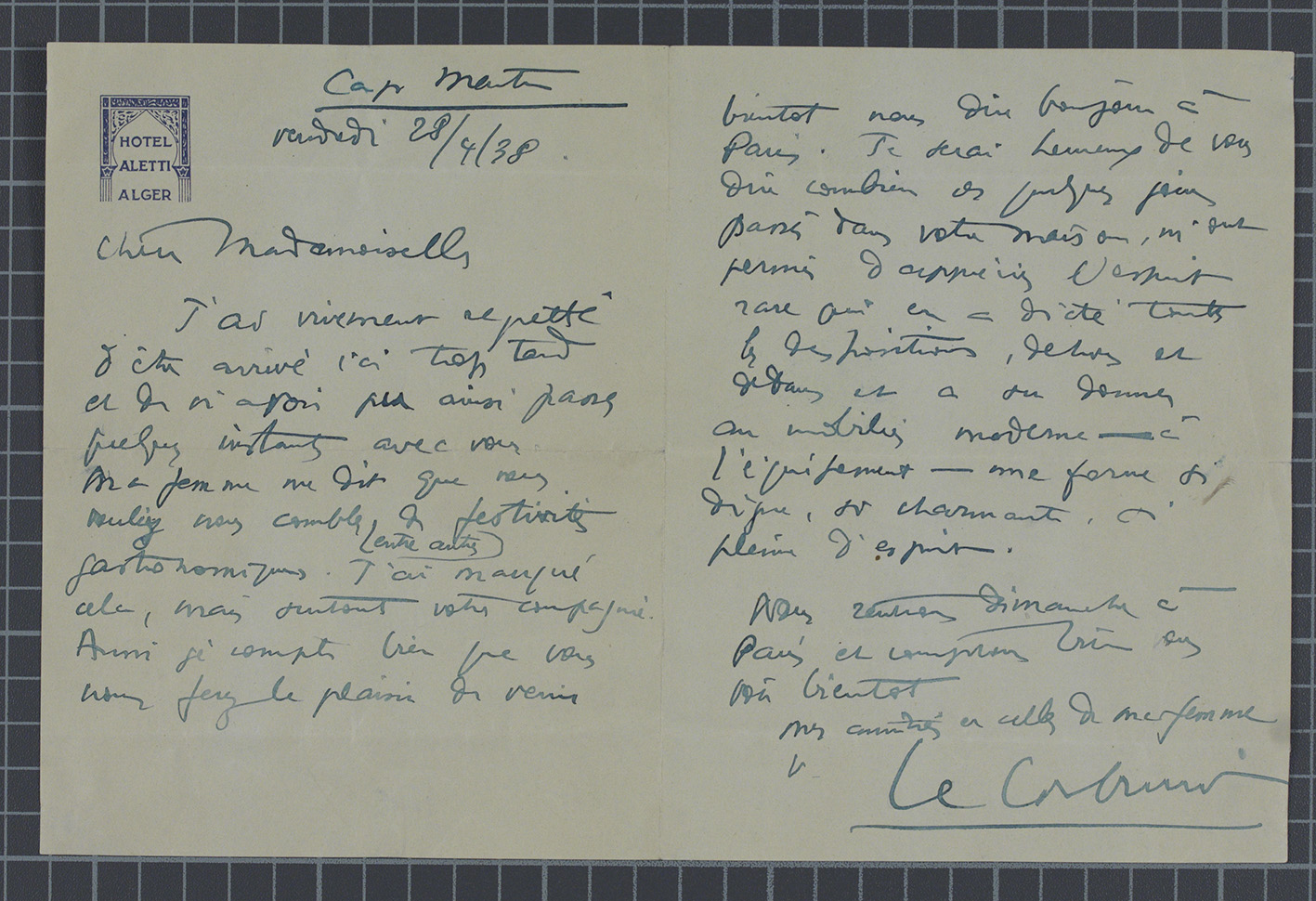
Letter from Le Corbusier to Eileen Gray. ©NMI.
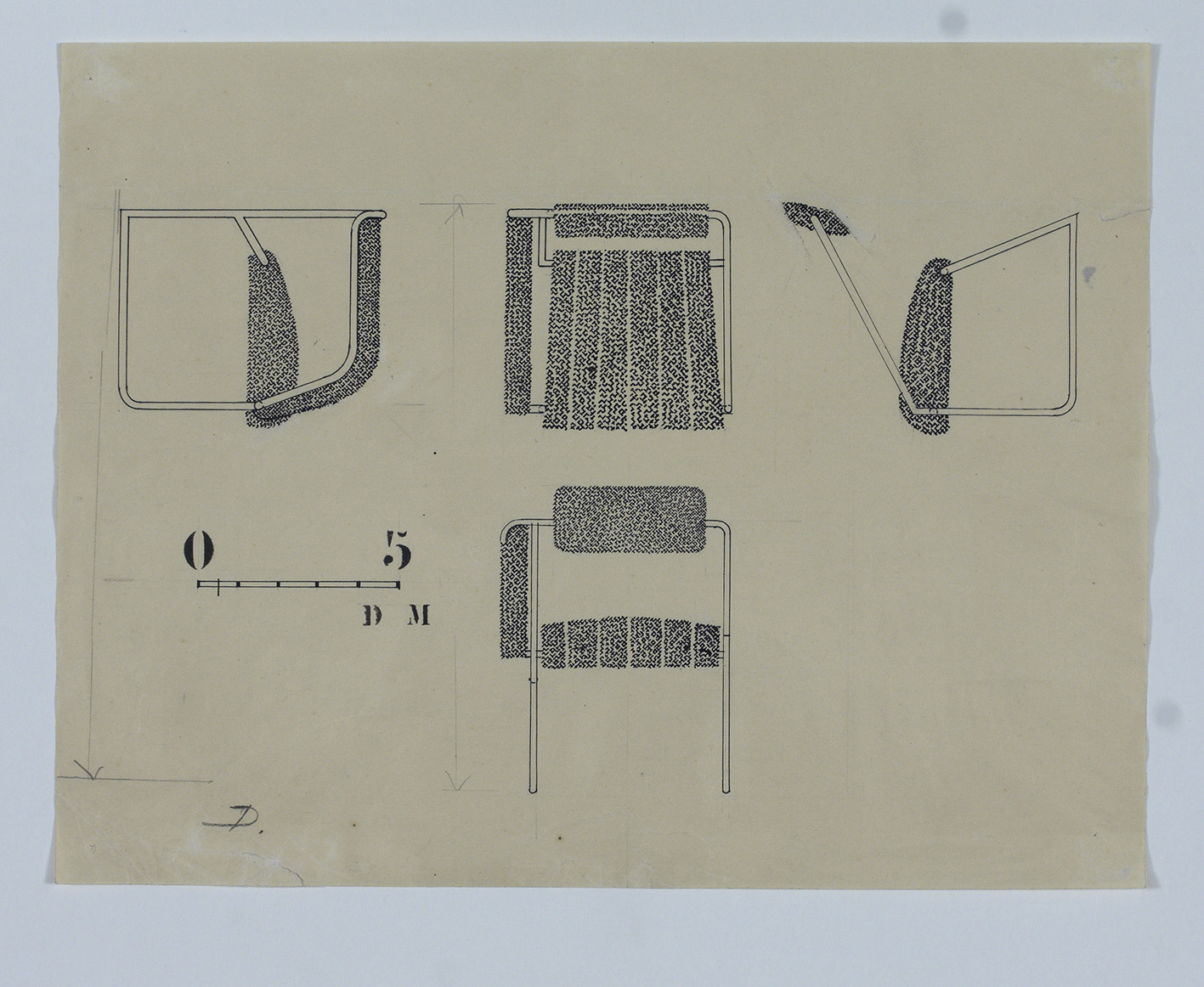
Non-conformist Chair, 1926. Drawing. © NMI.
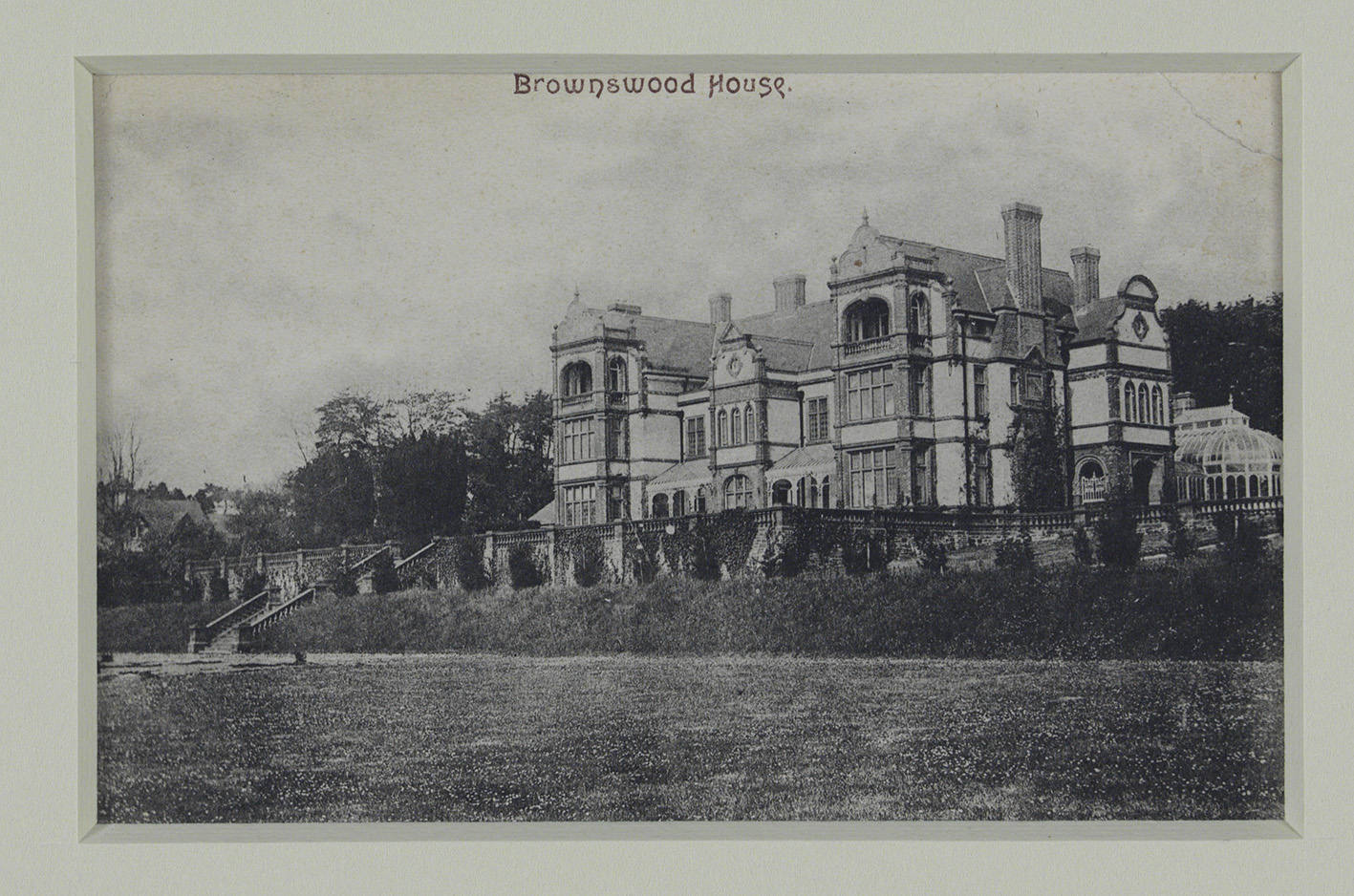
Brownswood House. 1896. © NMI.
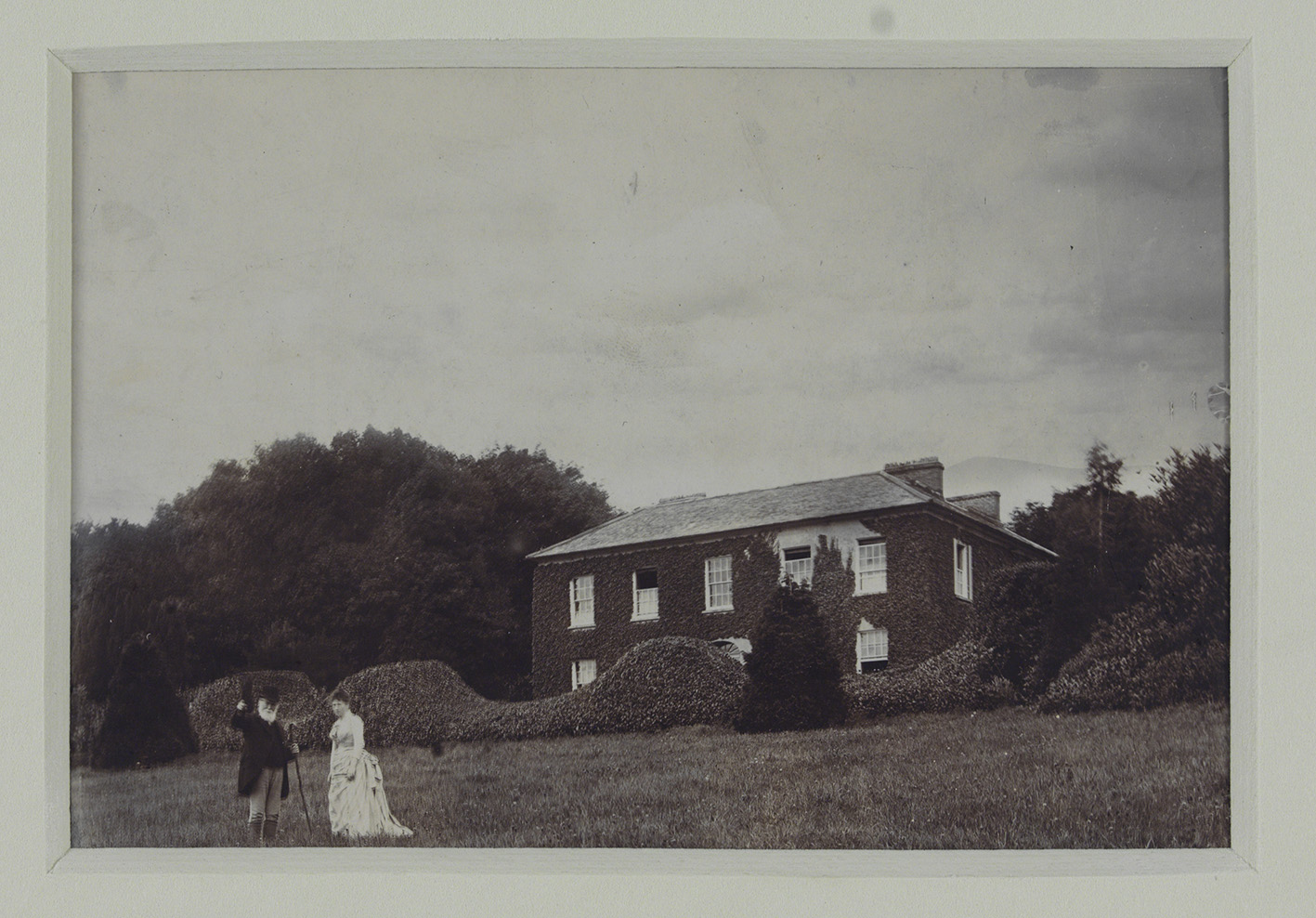
Brownswood House, Enniscorthy, Co. Wexford, Pre 1895. © NMI.
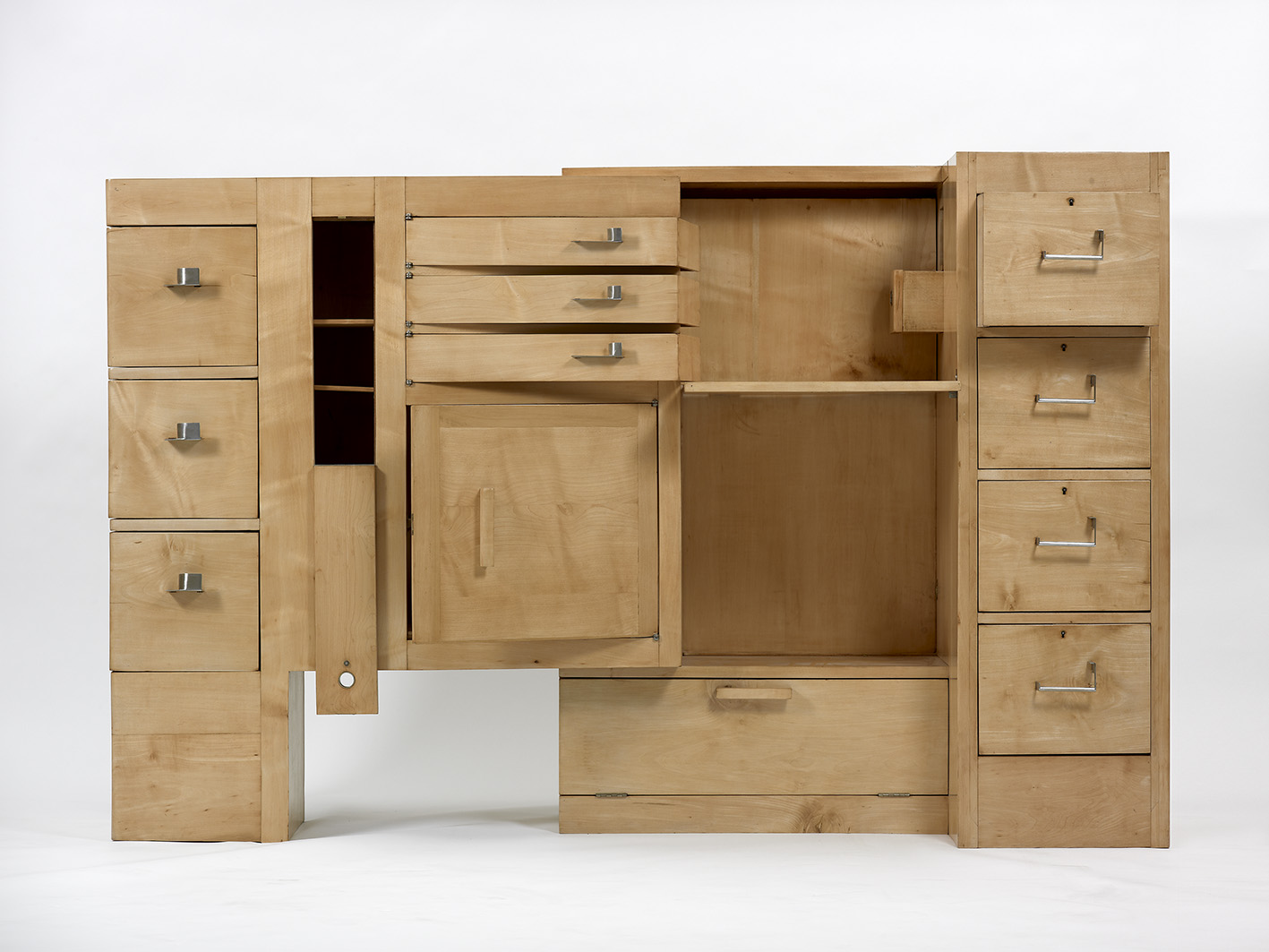
Architectural Cabinet. © Private collection.
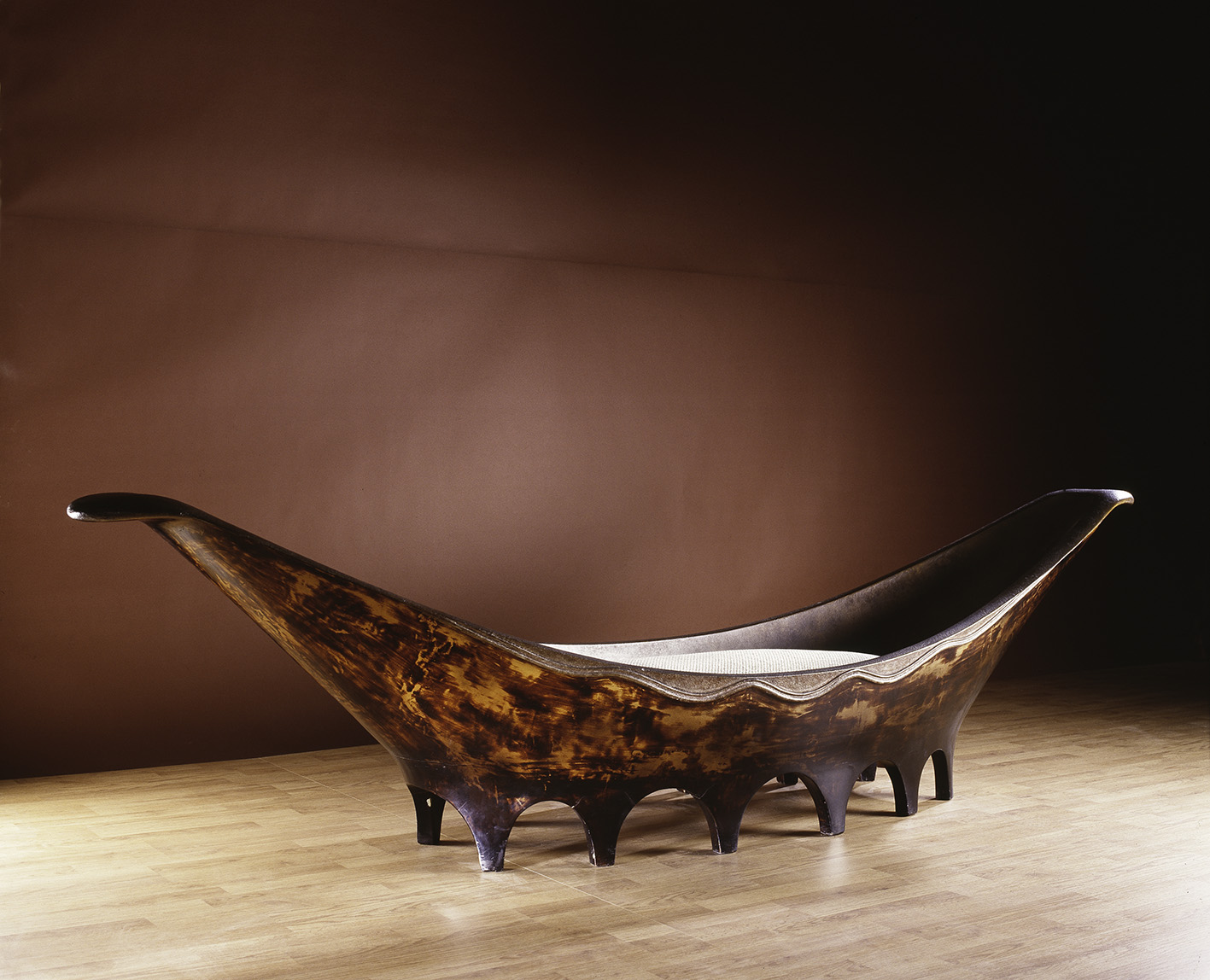
Pirogue. © Archives Galerie Vallois. Paris, Arnaud Carpentier.
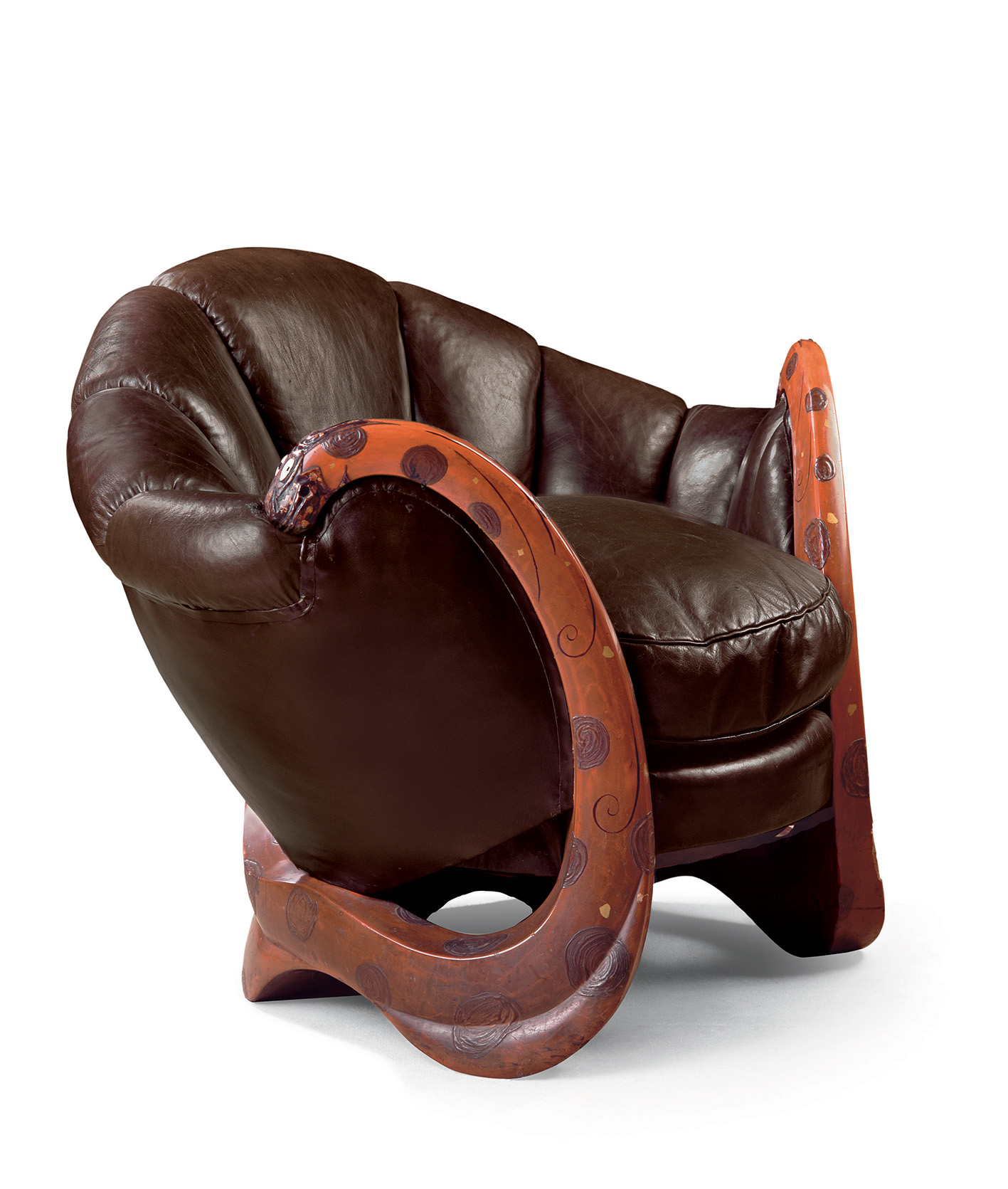
Siren Chair. © Christies images Ltd.
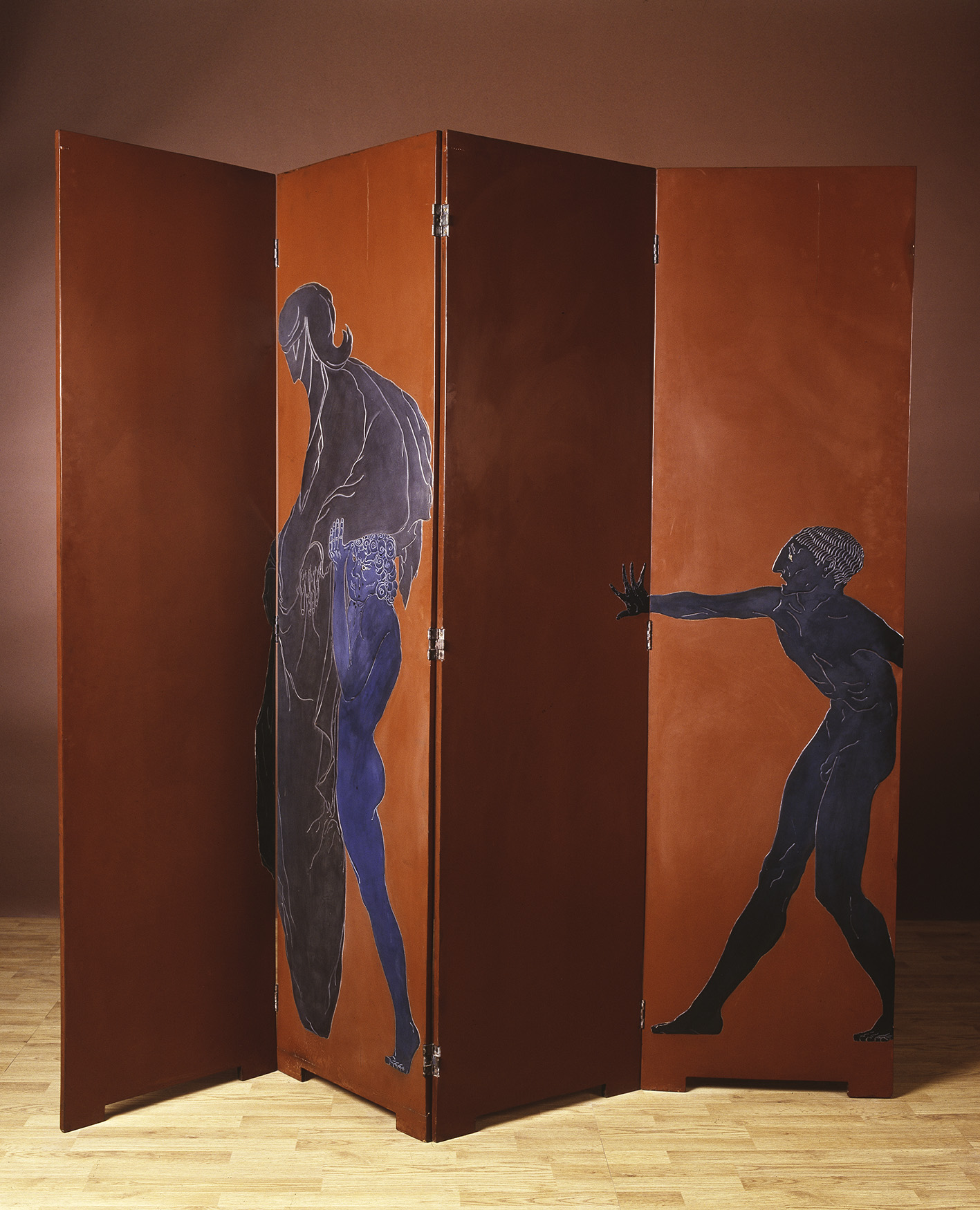
Le Destin. © Archives Galerie Vallois. Paris, Arnaud Carpentier.
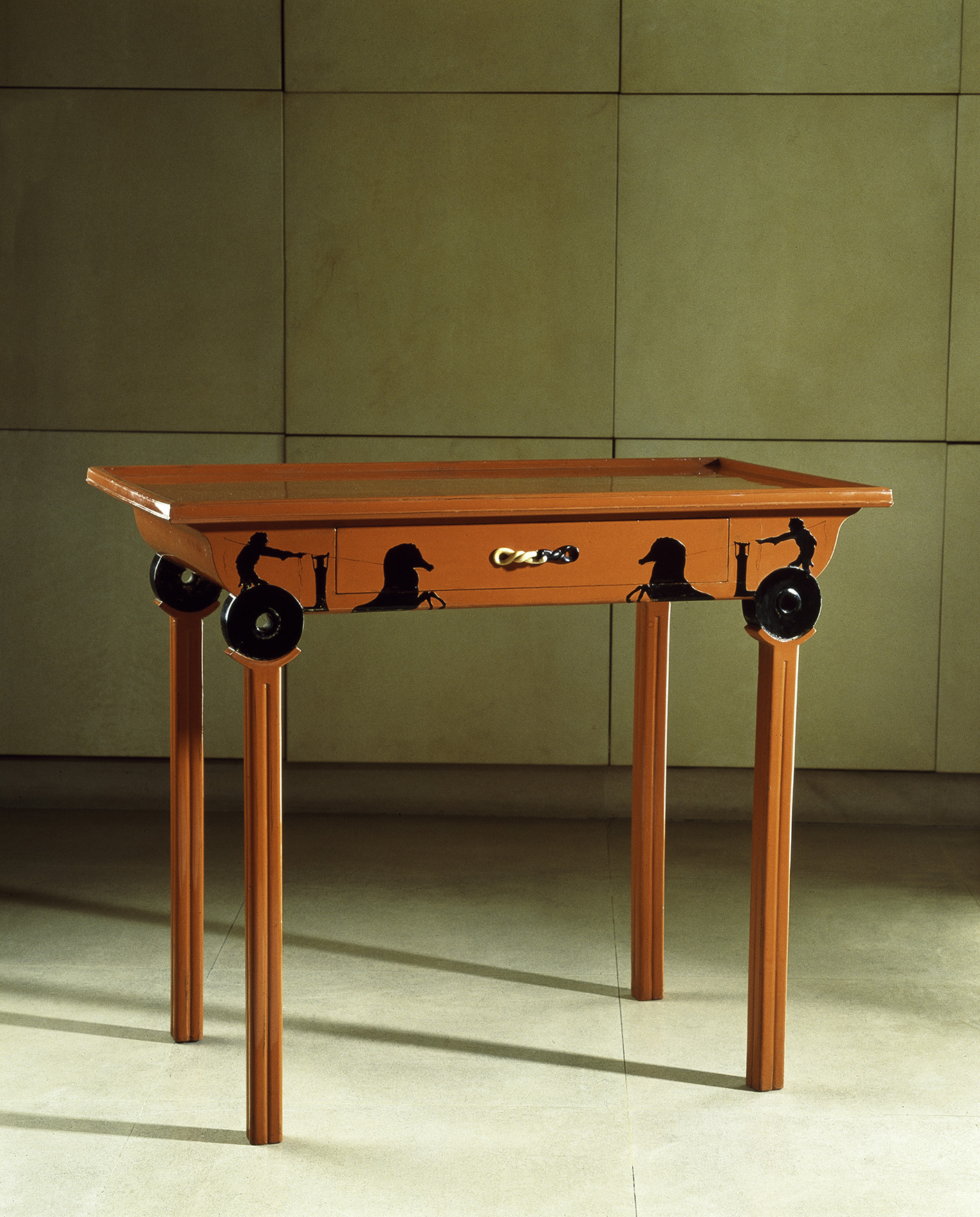
Charioteer. © Archives Galerie Vallois. Paris, Arnaud Carpentier.
